Industrial Machine Monitoring & Maintenance System
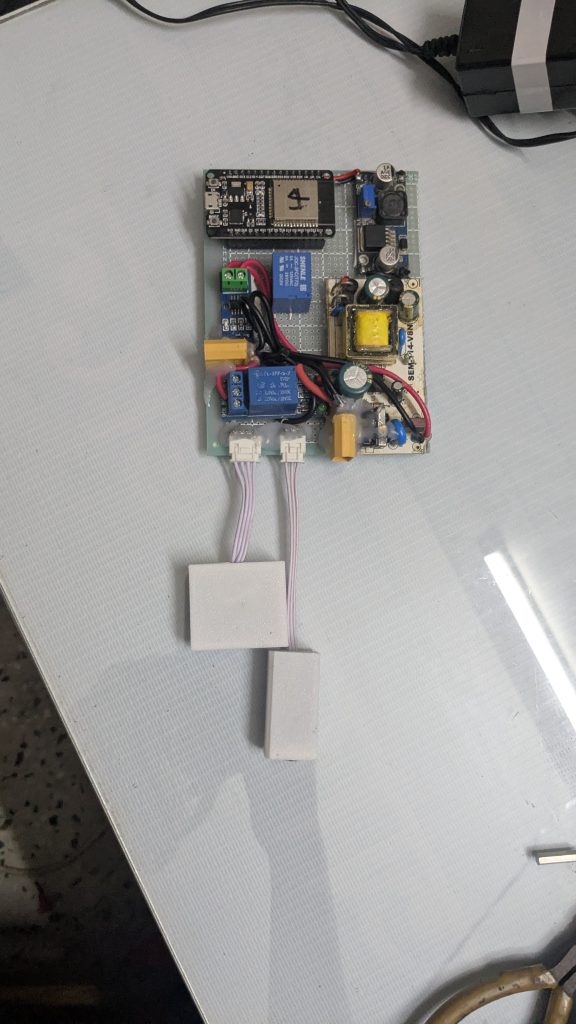
Our project is a smart, modular system designed to monitor industrial machines in real-time using vibration, sound, current, and voltage sensors. Each machine has a dedicated module that sends live data to a centralized PictoBlox IoT dashboard. This helps factory managers detect early signs of malfunction and perform timely maintenance — reducing downtime, preventing failures, and improving overall efficiency. Inspired by UN SDG 9: Industry, Innovation, and Infrastructure, we aim to bring smart monitoring to every corner of the factory floor.
Twothi Ride 3000
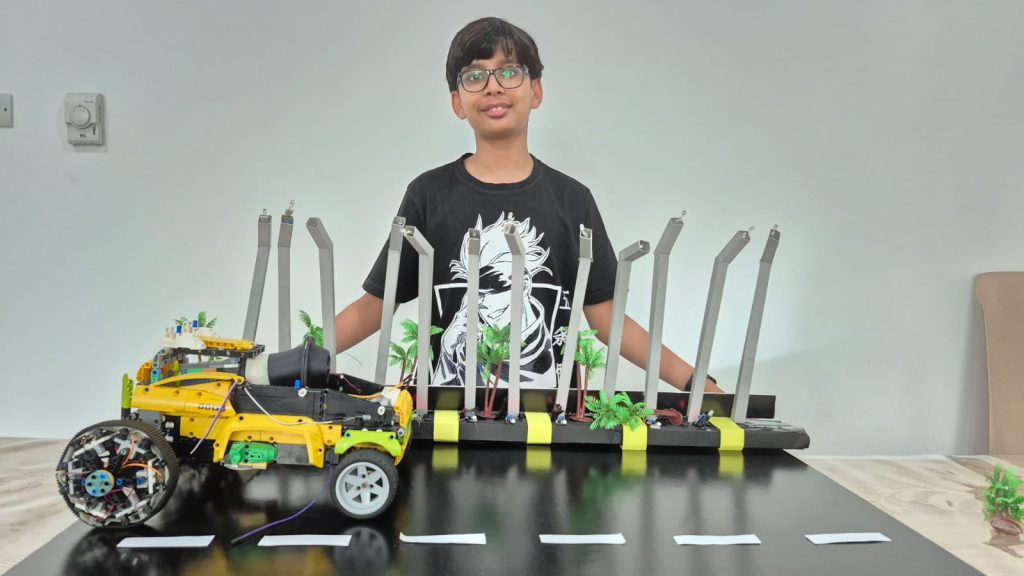
Our world is moving fast—and it needs cleaner, smarter solutions. Meet TWOTHI Ride 3000, a revolutionary fuel-less car developed by Team Healthy Innovators. Powered by piezoelectric technology and a unique suction cup system, it generates energy from its own motion—no fossil fuels, no pollution, just pure innovation. Alongside it, we present smart street lights equipped with motion and IR sensors that can reduce electricity use by up to 70%. Together, these technologies offer a sustainable answer to rising energy demands and urban pollution.
EBISAD enhanced body imaging and surgical assistance device
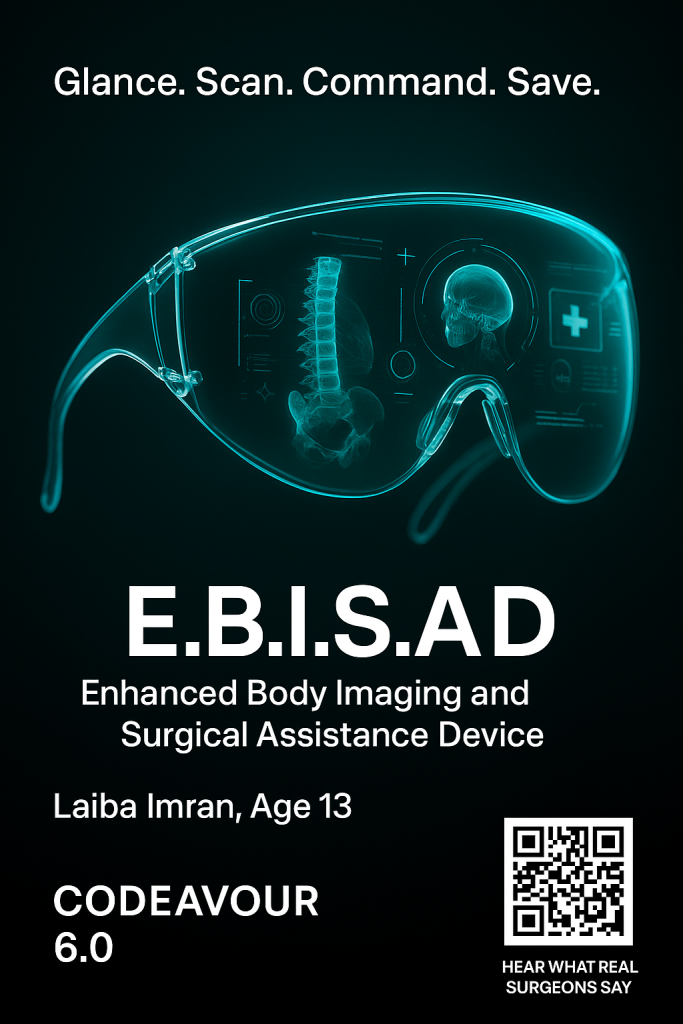
EBISAD is an AI-powered surgical assistant designed to enhance the success rate of surgeries by providing real-time support to surgeons. The system simulates a high-tech surgical environment using interactive panels, voice-guided commands, vitals monitoring, and alert systems, all within an immersive display setup. EBISAD begins by scanning a patient’s ID to retrieve vital health data, continuously tracks parameters like heart rate, oxygen level, and blood pressure, and instantly alerts the surgeon in case of any complications. It then provides guided step-by-step instructions for the procedure, ensuring accuracy and reducing human error. The entire experience is presented through a custom-built visor box and a curved monitor, creating a focused, high-tech user interface. This project is designed for use in hospitals and surgical training centers, aiming to revolutionize the operating room by combining technology, precision, and safety for 100% surgical success.
Low-cost ML-Based Water Contamination Detection & Treatment

This project addresses critical water contamination challenges by developing an affordable, modular device for rapid detection and treatment guidance. Utilizing the Pictoblox machine learning environment, we trained an image detection model to directly identify pollutants like microplastics, iron, and microfibers from water samples. The system integrates with a macro camera, enabling real-time analysis. The solution bypasses complex coding by simplifying data labeling and model training through Pictoblox’s intuitive interface, making it accessible for resource-limited communities. The device offers cost-effective, on-site testing, reducing reliance on expensive lab processes, and directs targeted water purification strategies. This innovation promises to improve public health and inspire scalable water quality management in Bangladesh and beyond.
The D.A.R.T Bot
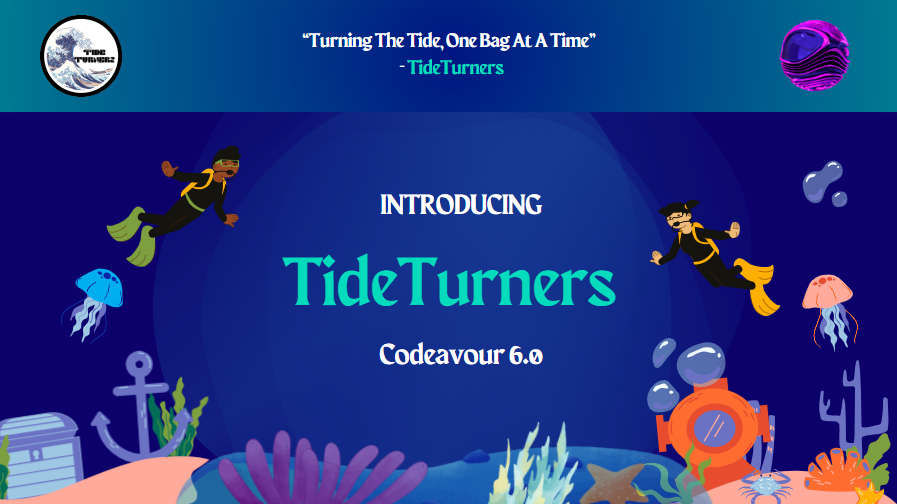
The DART Robot (Dynamic Aquatic Retrieval Technology) is an innovative robotic system designed to help combat ocean plastic pollution. The robot operates autonomously to detect and collect floating plastic waste from the surface of the water.
DART is equipped with two core components:
Detection System: An Arduino-based radar is used to detect plastic debris within its surrounding environment. This system helps the robot locate plastic waste and navigate efficiently toward it.
Collection Mechanism: The robot uses a vortex suction system to gather the detected plastic. This mechanism works like an underwater vacuum, pulling plastic into a collection container for later disposal or recycling.
The DART Robot is built to be energy-efficient, adaptable, and scalable, making it suitable for deployment in various water bodies, such as lakes, rivers, and coastal areas. By automating the process of plastic removal, DART contributes to cleaner water ecosystems and supports global efforts to reduce ocean pollution.
Digital Garbage Recycling Eco-System
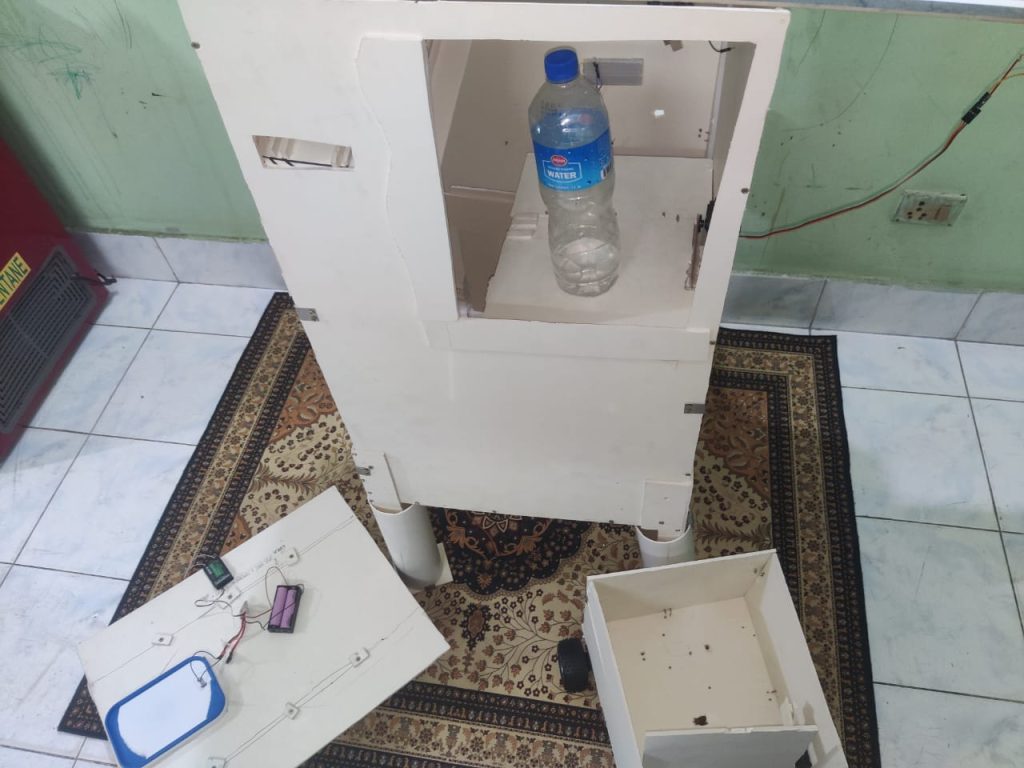
This project presents a smart and eco-friendly system designed to collect plastic bottles and reward users based on the cleanliness and quality of the plastic. Users insert plastic bottles into a machine equipped with AI and ML models that evaluate the condition of the plastic. The system assigns points and cash rewards based on the accuracy of bottle classification. Collected plastics are then transported using an autonomous boat designed to navigate rivers and gather floating plastics. Additionally, a garbage picker vehicle is developed to collect bottles from the machine and the boat, then deliver them to a central warehouse. A custom GUI manages data, user rewards, and system control. The entire solution integrates AI, ML, and robotics to promote recycling and tackle plastic pollution effectively.
smart village with renewable energy
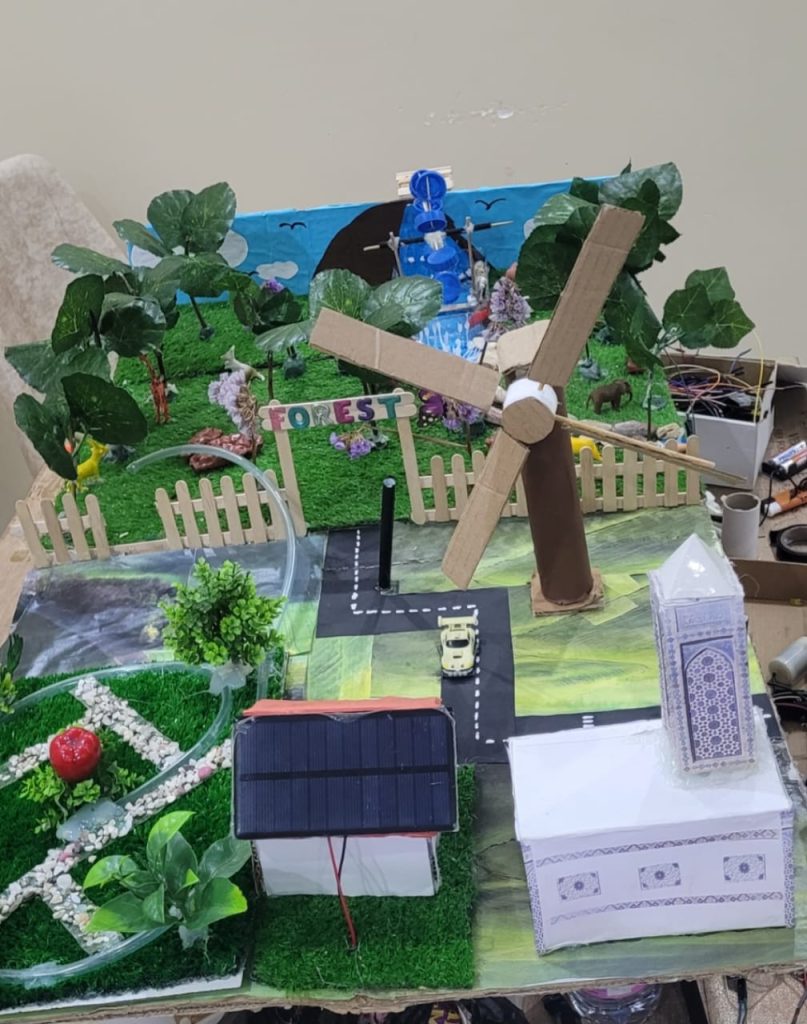
Our project is a smart village, using renewable and sustainable energy to protect the environment. To protect forests from fires, we installed a fire sensor that sounds an alarm when a forest fire breaks out, then commands the water pump to extinguish the blaze.
To conserve water, we installed a moisture sensor in the garden of the house located in the village. This sensor detects when the soil is dry and needs watering. This then gives the command to the water pump to water the garden. As for the house located in the village, it relies on solar energy for lighting at night and the automatic watering of the garden described above.
To protect human lives, we installed a gas sensor in the house that sounds an alarm when there is a gas leak. One of the most important renewable and sustainable energies is wind energy, which we embodied in a windmill that stores wind energy in a battery via a charger to be used to light the village at night.
Hydropower is considered one of the most important renewable and sustainable energies. We have embodied this energy in a water turbine, exploiting the water flowing from the mountains, where the kinetic energy is transformed into electrical energy by means of a dynamo, which is later used to light the forest at night.
Nautilus
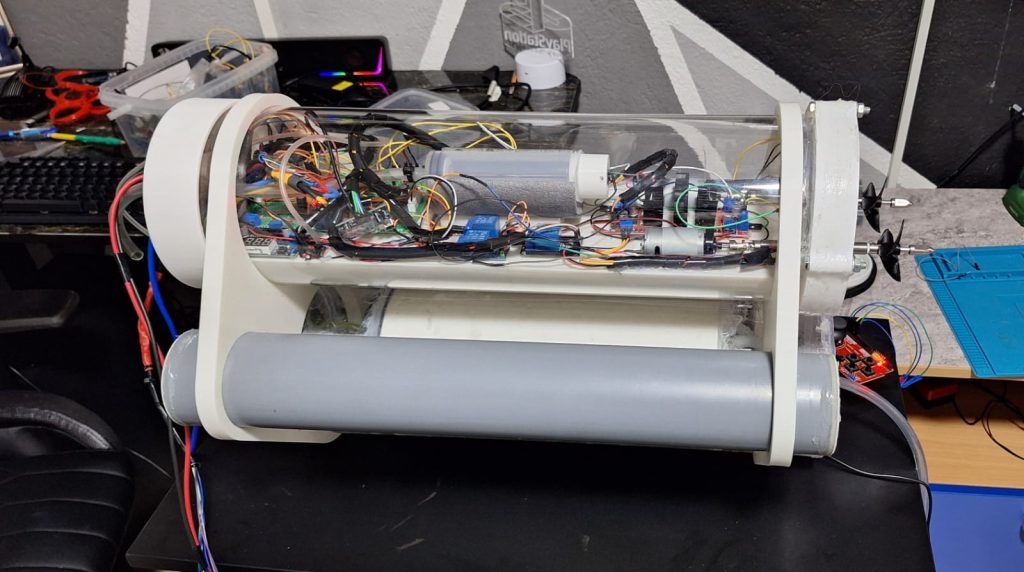
Nautilus is a portable underwater drone that protects ocean ecosystems by real-time monitoring of water quality and removing microplastics. It has advanced sensors (ultrasonic, temperature, pressure, turbidity) that monitor water conditions, target areas being the Mediterranean Sea. Nautilus includes a filtration system with water pumps and UV light to clean water and eliminate pollutants, making fish breeding zones secure. It is controlled by Arduino Nano and Uno and uses DC motors for movement and a cooling fan for preventing overheating. It is made waterproof so it can operate underwater. It is an underwater solution, unlike surface solutions like Ocean Cleanup, where Nautilus can operate underwater, with real time monitoring, active filtration, and effective movement. This compact, low-cost project is scalable for ocean protection, solving space, power, and sensor issues with clever design. Its modular design allows adaptability, ensuring long-term reliability and greater environmental impact.
NEXURA BRIDGE

This project is a prototype of a next-generation smart bridge, designed with disaster-resilient features, AI-ML integration, and renewable energy. It ensures safety with load-detecting sensors, automatic barricading, and real-time emergency response. The bridge also features automated lighting and sustainable power sources for efficient energy use. It aims to revolutionize infrastructure with intelligent, eco-friendly, and self-regulating systems.
The Green City Society

Many societies don’t follow proper waste segregation, which leads to more garbage in landfills and violates BBMP rules. There’s a need for an automated solution that makes waste collection easier and more sustainable.
